Transport Fever 2 Preview – Hope for the Railroad
A few days ago, I visited Berlin to catch a train to Potsdam. On board, we met with the developers of Transport Fever 2 and played their new game.
A train was waiting for us on the platform of Berlin's Ostbahnhof station. It was no ordinary train. The heritage train remembers the times, when most of us weren't even born yet. The devs from Urban Games invited us aboard this magical engine to showcase their newest product, Transport Fever 2, on the way to Potsdam
It's hard to come up with a better environment for such a presentation. The suburban landscapes of Brandenburg lazily rolled past the windows, and inside, the journalists crowded the cult Mitropa dining cars. In one of these, I had the opportunity to play the alpha version of the game, and what I saw reinforced my belief that Transport Tycoon will get a worthy successor.
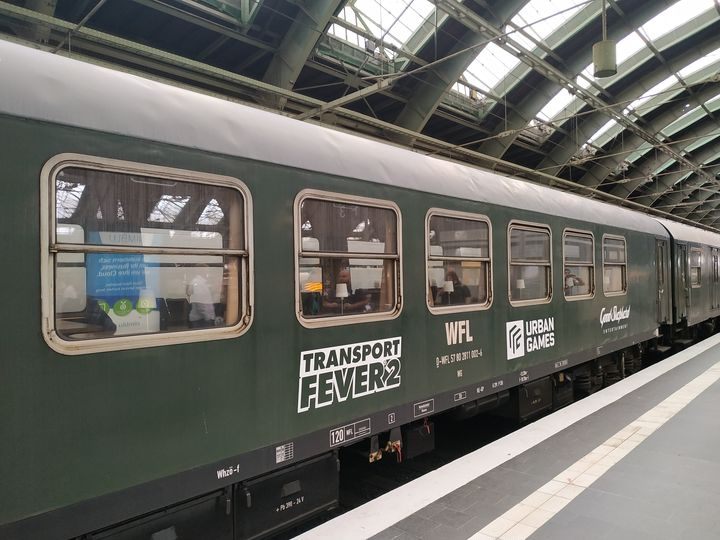
The Swiss Urban Games have a simple principle. To create a game with the scope to match Transport Tycoon Deluxe, but with modern graphics and audio. After almost two hours with the game, I can assume with large probability that they will deliver. Transport Fever 2 is a spiritual heir of the famous hit from the 90s (nowadays still developed as Open TTD – the last free version was released on July 8!), has a similar level of complexity and difficulty, but at the same time strives to make the game more accessible to new players. The first installment of Transport Fever found its way to more than half a million players and it seems that the sequel will be able to repeat this success.
Long train runnin...
In the game, we become a manager of transport infrastructure – we connect cities and industrial centers by roads, railways, sea and air routes. This is no Cities Horizons, so building residential blocks, shops, or factories isn't our concern. Our only focus will be logistics – managing transport, its performance and efficiency. And I can guarantee that there will be more problems that solutions, because Transport Fever 2 isn't a simple game. Even though the developers have prepared a tutorial and an introductory story campaign, we will need a lot of time to solve all the problems that arise during the game. Being somewhat concerned about high threshold of entry, I asked one of the developers about it. He assured me that improving functionality and creating a game that's accessible to beginners, people who never had a chance to play a transport-management sim, is one of their main priorities. So the game comes with a tutorial, an introductory campaign, as well as many functionalities that explain the ins and outs of the game during play.
Managing urban and suburban transportation has to be efficient, fast, economically viable and tolerable for the inhabitants, which means constant optimization of existing railways, construction of new roads, highways, airfields, ports, bus stops, and searching for solutions that will multiply our profit.
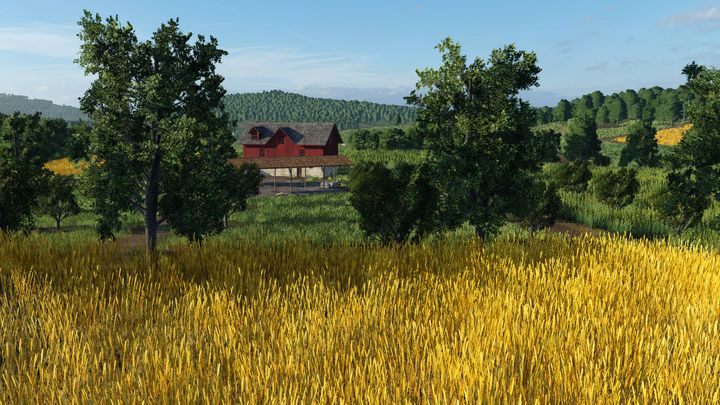
The game begins in 1850, and goes until the modern days. Throughout more than 150 years of development of the transport industry, we will be replacing steam engine with diesel, and horse-drawn vehicles with trucks. New technologies also present new challenges – the horse coach was perhaps not the fastest mode of transport, but the airport will certainly generate a lot of noise, thus aggrevating the locals. Small and peaceful streets will turn into avenues jammed with traffic, where the drivers will seriously contemplate suicide, so building a ring road around the town and turning the intersection into a roundabout seems a good idea.
OpenTTD
Whenever my thoughts venture to OpenTTD, I am genuinely shocked: how in the world there are still enthusiasts willing to devote so much of their lives to the construction of roads and motorways. Open TTD is based on Transport Tycoon Deluxe, which uses the free GNU General Public License (which is why we can play it for free). This game even today remains a benchmark for other companies trying to develop a transport tycoon. For players, it's primarily about returning to the 90s. And that's not an easy return, since the game is rather difficult, and not very keen on lending the player a hand – still, I recommend giving this classic a shot. It may just turn out you'll find a game for years.
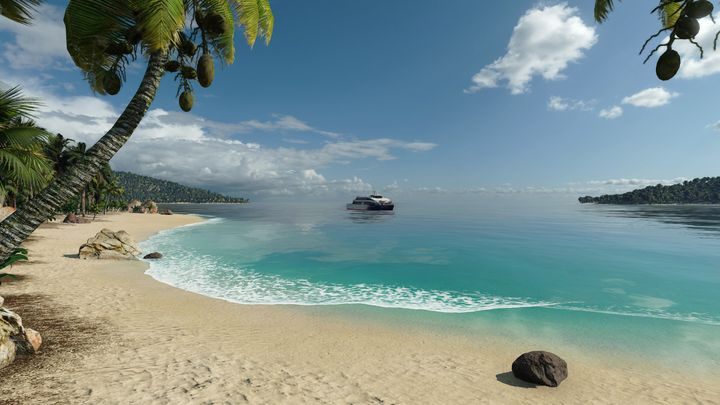
As in other economic strategies, we influence the development of cities by meeting their needs and fulfilling their whims. Therefore, we must start from the very beginning – first, we connect factories manufactures that are hundreds of kilometers apart, often creating extensive supply chains, then also making sure the finished product finds its way into the city. It's entirely up to us whether we decide to opt for railway, roads, sea faring, or airplanes. Each method has its pros and cons – caring for the increasingly complex system of transportation will be the paramount task.
Of course, the development ends at some point – an interesting end-game mechanics tasks the player with reducing noise and air pollution emissions. Running heavy and outdated locomotives through a densely populated area may be a good solution in the beginning, but in the future, it is worth thinking about optimization and reconstruction.
From zero to billionaire
The authors have prepared three campaigns. The first begins in 1850, during the gold rush. The campaign will take us through the history of the railway and aviation, but its main task is a slow introduction to all the intricacies of the game. In the mission presented during the show, I strove to get out of an economical slump resultant from silver trade, and reorient towards steel transportation. In addition to performing subsequent tasks and meeting milestones, the developers included some quests in the game, similar to those known from Anno 1800, where the player has to find a particular place on the map in order to push the story forward.
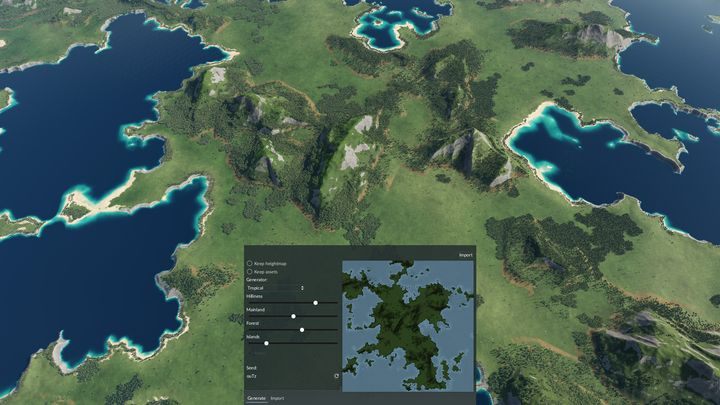
Of course, the core of the game is not the campaign, but the sandbox mode. The developers have prepared a really powerful generator and map editor. We determine the start date of the game, the intensity of mountain areas, canyons, forests, the water level, and the desired climate zone (from deserts, to moderate, to tropical, which are a novelty in the series). The game generates a map for us, and we can start using the map editor, where we can change literally everything. The most interesting feature, however, is its constant availability. If you've packed 15 hours into a map, creating a complex infrastructure, but you'd like give the world some more lakes, nothing stops you from running the editor at any time, remaking the map, and returning to the game.
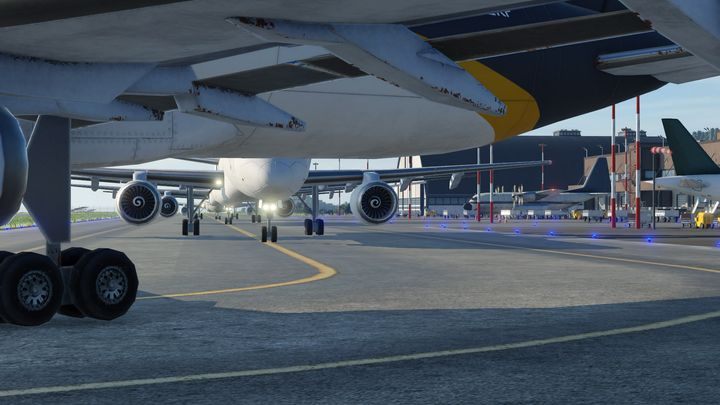
The changes in the mechanics are also really good. The developers have redone the construction of stations, for instance – now, they are modular, which means that we can add individual segments to them – platforms, buildings, or tracks. Their appearance is up to the player. There are also one-way roads and street lights. I hope that the latter will help to channel traffic, rather than jam the roads. And the traffic ought to be considerable, because the developers have prepared more than 200 different vehicles, from coaches, to trucks, to modern aircraft.
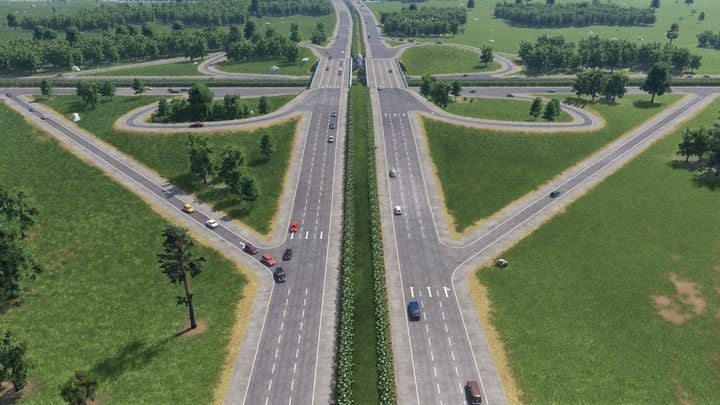
Passenger train is delayed by 1235242 minutes
The audiovisual design has also changed – the campaign got new cut-scenes and music, and the graphics – although not directly comparable to Anno 1800 – is rreally easy on the eyes. Especially water reservoirs look impressive, and the sight of a steam train easily rolling through hills and fields never becomes boring. You can zoom in the camera to see the grass swaying in the wind. One of the devs told me that they paid a lot of attention to small details – a roaring train passing by will make flocks of birds take off, and an airplane will raise landing gear once airborne.
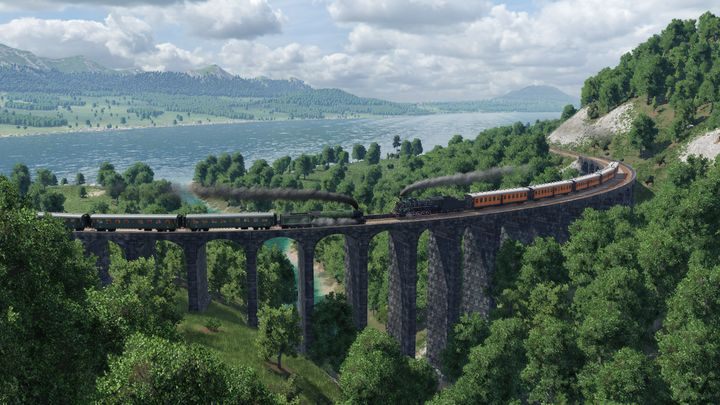
Not all animations look good, though – horse carriges look rather poorly and unnaturally. They're more of a symbol than a realistic depiction. The alpha given to us hadn't been optimized, so a big freeze wasn't uncommon. I've also had problems building roads and tracks – sometimes, the game misinterpreted my input, though perhaps if I'd spend more time with it, I wouldn't have that problem. The most annoying, however, was the interface (unreadable, complex, and weird), but the developers have pointed out many times that it's just a placeholder and their new UI is waiting to be implemented. The version I played was void of some of the new elements (cars, factories, production lines, or city elements) so I expect the finished product to steal away dozens of hours of my time.
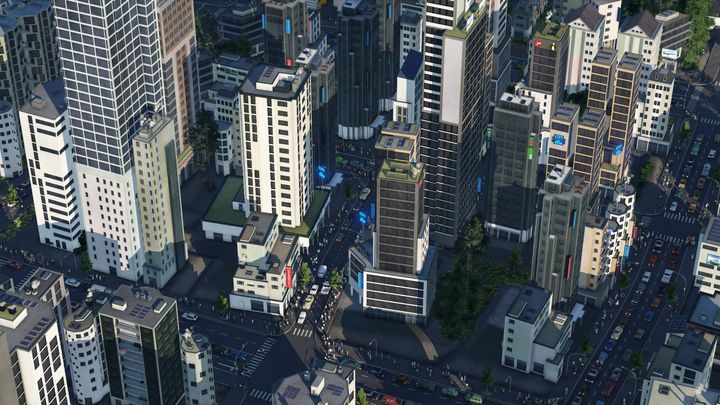
Hope for better transport
My love for the railway began in childhood. When I was older, I had to confront my feelings with ruthless reality more than once, but even after a visit to the vilest train car that even Bear Grylls wouldn't enter withot a second thought, my love never faltered. With the tenacity of a maniac, I keep an eye out for almost any game that lets me build railways and run trains on them. After the voyage from Berlin to Potsdam, I'm sure I'll check out Transport Fever 2 once it's ready, because you can see the devs are just as enthusiastic (or fanatic) about the whole endeavor. This is evident in the way the game is presented, you can also see in the very mechanics.

They're totaly open to fans, as evident by full support of the modding scene. If you somehow get tired of running new cars, remember that the Steam Workshop launch as soon as the game's released, and you soon will be able to run the most wicked machines, I'm sure of that (I wonder if anyone will replace horses with chockobos – don't ask). I am convinced that if the second part is successful, the fans will provide it with a lifespan worth many years. The creators also boasted the budget they have – Transport Fever 2 can cost as much as 4 million Swiss francs. The studio consists of only 13 people, all of whom are, however, really talented and passionate, and have been working on the second part since 2017. Let's give them the time they need to polish their product, because this game has the potential to become the best, low-profile game with trains.
In every economic strategy, the first thing I almost invariably do is checking whether you can "stick" the camera to a vehicle. If I can't – it has the potential to being the most heartbreaking thing in the world. Fortunately, Transport Fever 2 does have that feature, which even works with horses. Which is really something, I tell you.
But seriously – I asked the developers whether it will be possible to pet dogs in Transport Fever 2. And I'm afraid that it's not one of these games. Can anyone mod that into the game? I'll get you a beer.
DISCLAIMER
The cost of the trip to Berlin was covered by the publisher of the game.
